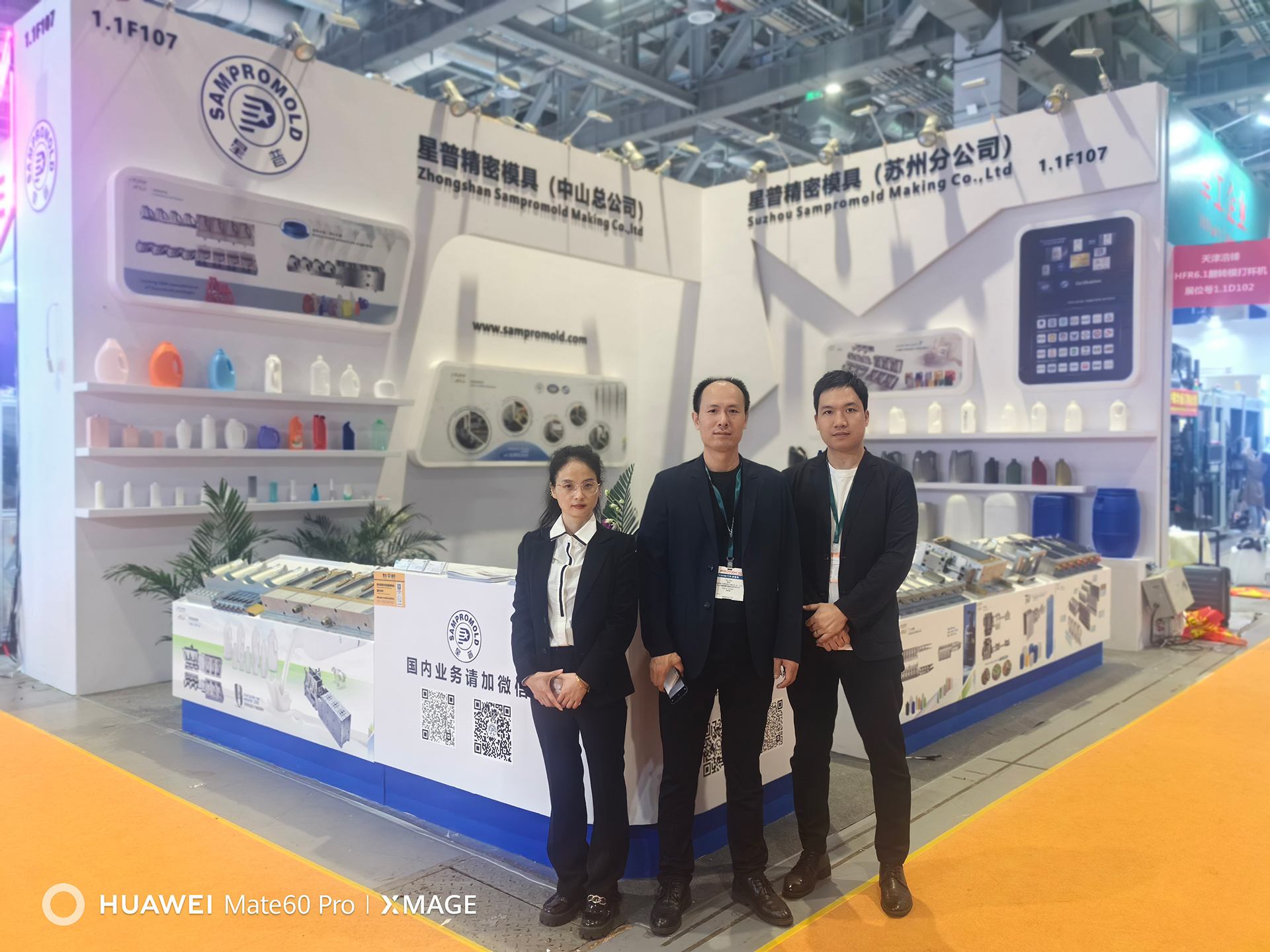Exploring the Intricacies of Quality 2L Vinegar Bottle Blow Molding
Time:
2025-04-18
In the world of plastic manufacturing, the production of items such as a 2L vinegar bottle using blow molding techniques has become increasingly significant. Understanding the intricacies of this process can greatly enhance the efficiency and quality of the final product. Blow molding is a method that involves inflating hot plastic inside a mold to create hollow items, which makes it particularly suitable for producing containers like vinegar bottles.
Quality in the context of a 2L vinegar bottle encompasses several critical factors, including material selection, mold design, and production techniques. The choice of resin is paramount; typically, high-density polyethylene (HDPE) or polyethylene terephthalate (PET) is used due to their excellent barrier properties and chemical resistance. These materials ensure that the vinegar is safely contained, preserving its flavor and preventing spoilage.
The blow molding process itself is divided into three primary stages: extrusion, inflation, and cooling. Initially, plastic is melted and extruded into a tube, known as a parison. This parison is then clamped within a mold, and air is introduced to expand the plastic, which takes the shape of the bottle. Once the desired form is achieved, the plastic is cooled to solidify the structure. This method allows for the production of bottles in various shapes and sizes while maintaining uniform wall thickness, which is critical for quality assurance.
One of the significant advantages of blow molding for creating a 2L vinegar bottle is its efficiency. The process allows for rapid production cycles, which means that manufacturers can meet high demand without compromising quality. Additionally, the ability to create lightweight bottles reduces material costs and environmental impact, aligning with global sustainability efforts.
Moreover, the design aspect of the mold plays a crucial role in the final product's quality. A well-designed mold ensures that the bottles are not only aesthetically pleasing but also functional. Features such as ergonomic grips or easy-pour spouts can be integrated into the mold design, enhancing user experience.
In conclusion, when considering the production of a quality 2L vinegar bottle through blow molding, it is essential to focus on material selection, precise mold design, and efficient production processes. By understanding these elements, manufacturers can ensure that their products meet the highest quality standards while remaining cost-effective and environmentally friendly. This knowledge not only aids in producing superior vinegar bottles but also contributes to advancements in the plastic manufacturing industry as a whole.
Quality in the context of a 2L vinegar bottle encompasses several critical factors, including material selection, mold design, and production techniques. The choice of resin is paramount; typically, high-density polyethylene (HDPE) or polyethylene terephthalate (PET) is used due to their excellent barrier properties and chemical resistance. These materials ensure that the vinegar is safely contained, preserving its flavor and preventing spoilage.
The blow molding process itself is divided into three primary stages: extrusion, inflation, and cooling. Initially, plastic is melted and extruded into a tube, known as a parison. This parison is then clamped within a mold, and air is introduced to expand the plastic, which takes the shape of the bottle. Once the desired form is achieved, the plastic is cooled to solidify the structure. This method allows for the production of bottles in various shapes and sizes while maintaining uniform wall thickness, which is critical for quality assurance.
One of the significant advantages of blow molding for creating a 2L vinegar bottle is its efficiency. The process allows for rapid production cycles, which means that manufacturers can meet high demand without compromising quality. Additionally, the ability to create lightweight bottles reduces material costs and environmental impact, aligning with global sustainability efforts.
Moreover, the design aspect of the mold plays a crucial role in the final product's quality. A well-designed mold ensures that the bottles are not only aesthetically pleasing but also functional. Features such as ergonomic grips or easy-pour spouts can be integrated into the mold design, enhancing user experience.
In conclusion, when considering the production of a quality 2L vinegar bottle through blow molding, it is essential to focus on material selection, precise mold design, and efficient production processes. By understanding these elements, manufacturers can ensure that their products meet the highest quality standards while remaining cost-effective and environmentally friendly. This knowledge not only aids in producing superior vinegar bottles but also contributes to advancements in the plastic manufacturing industry as a whole.
RELATED NEWS













